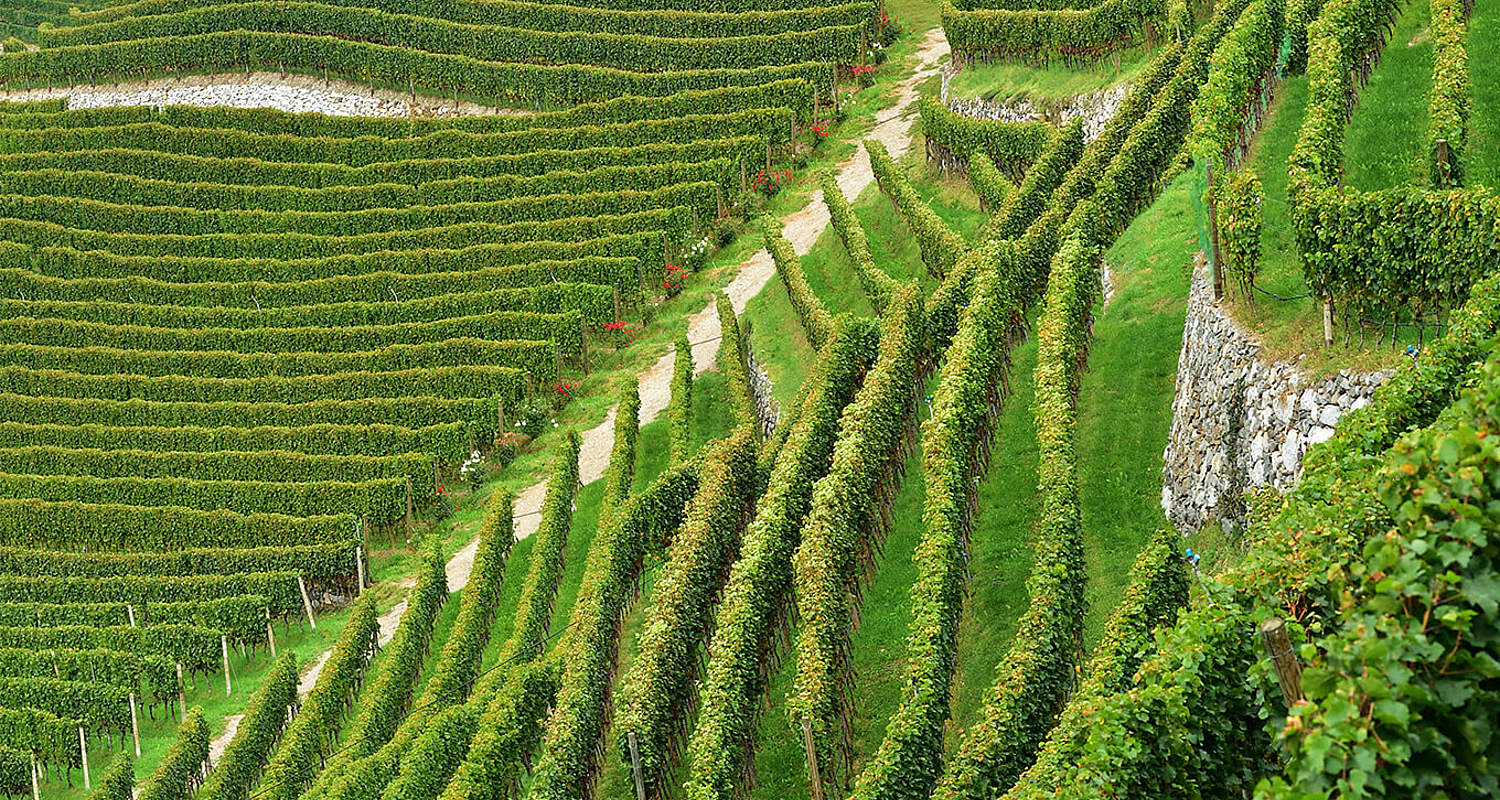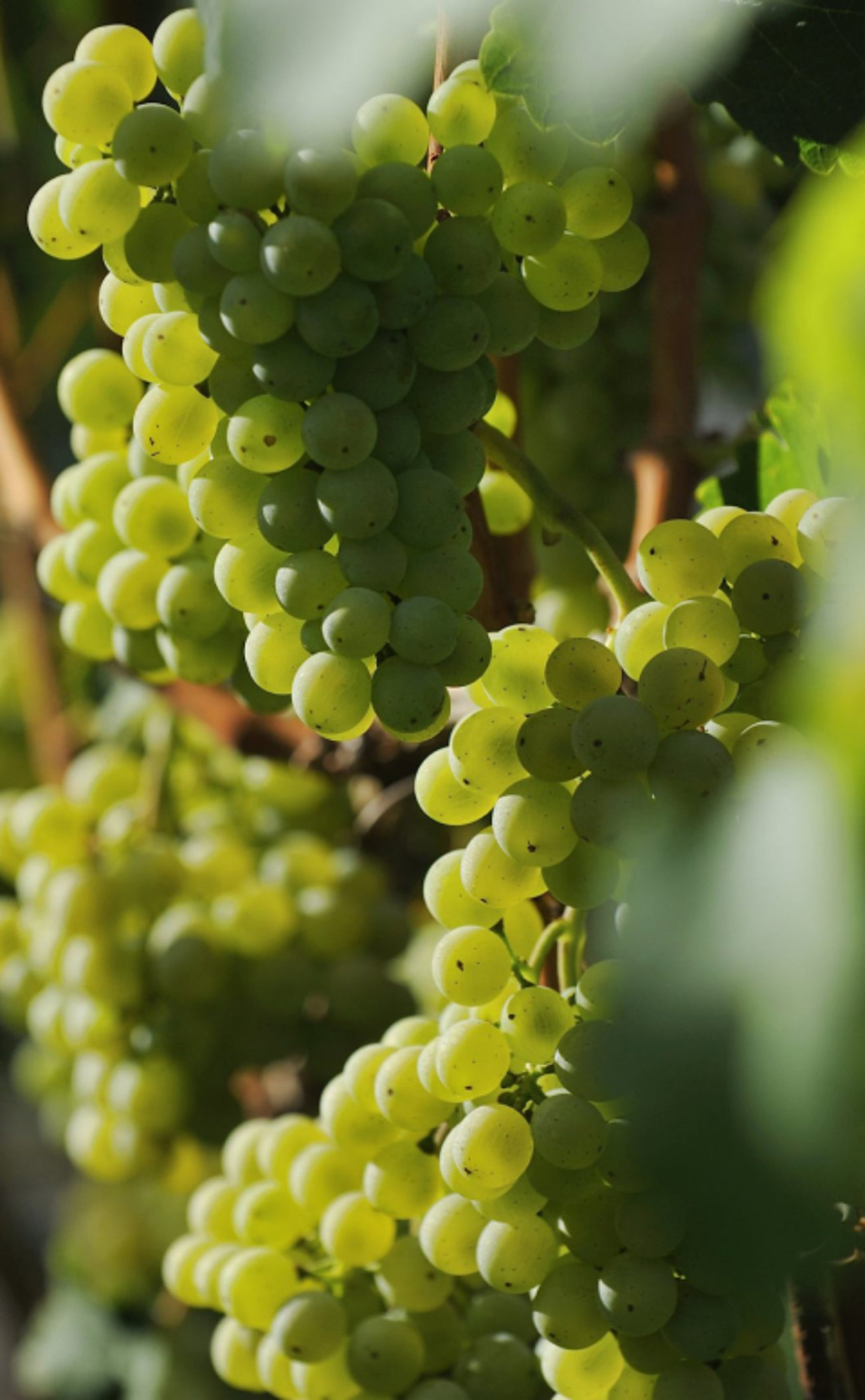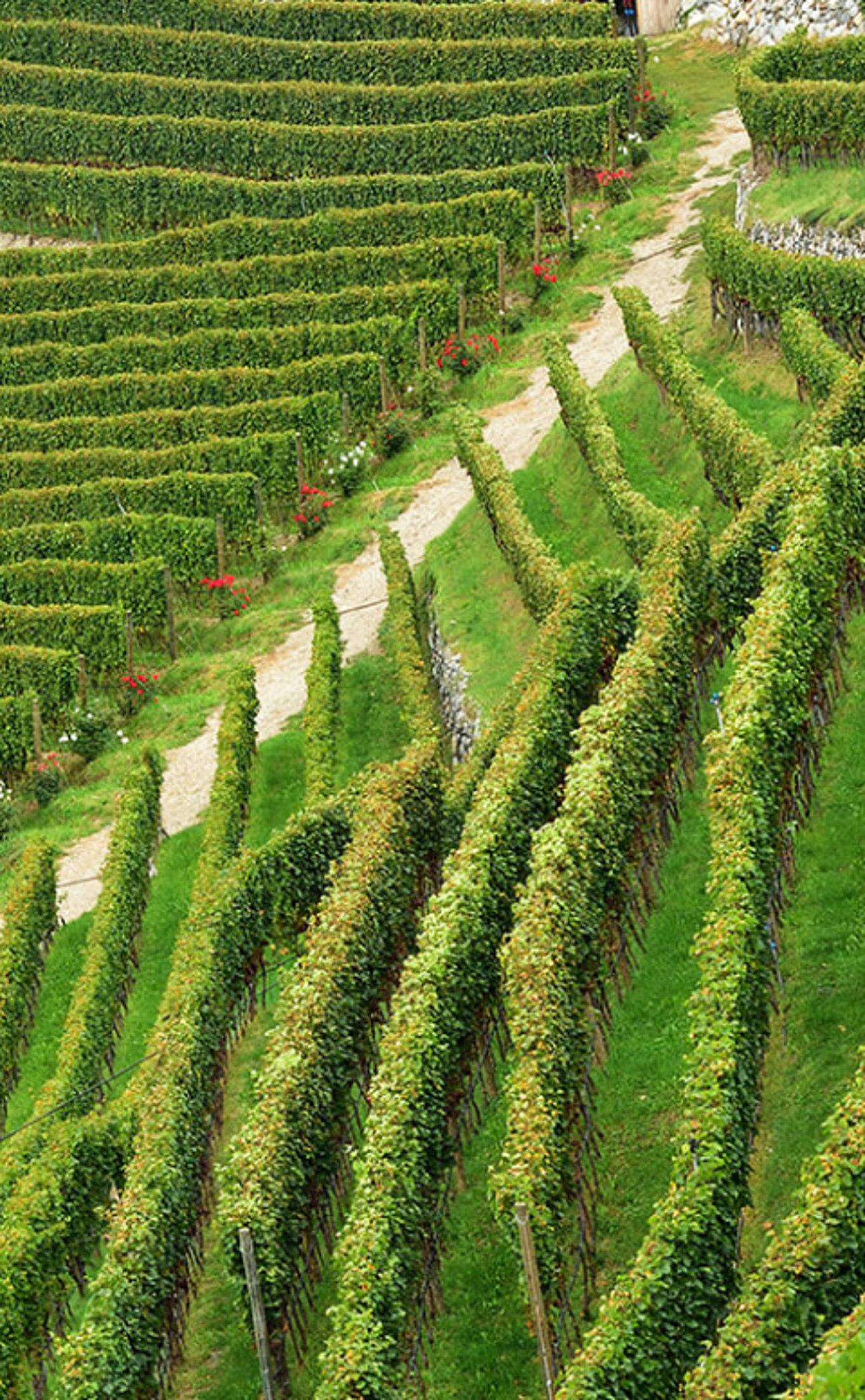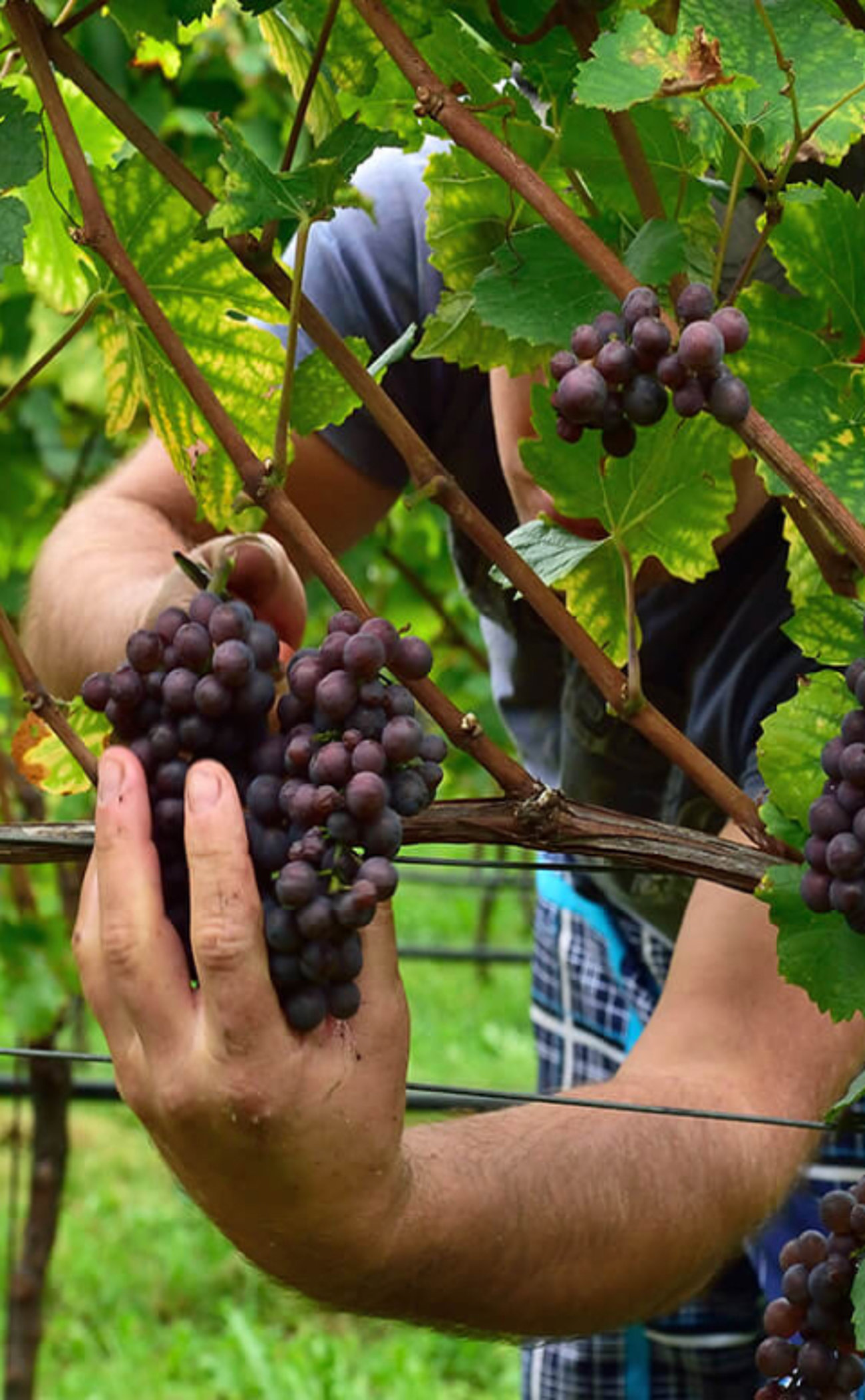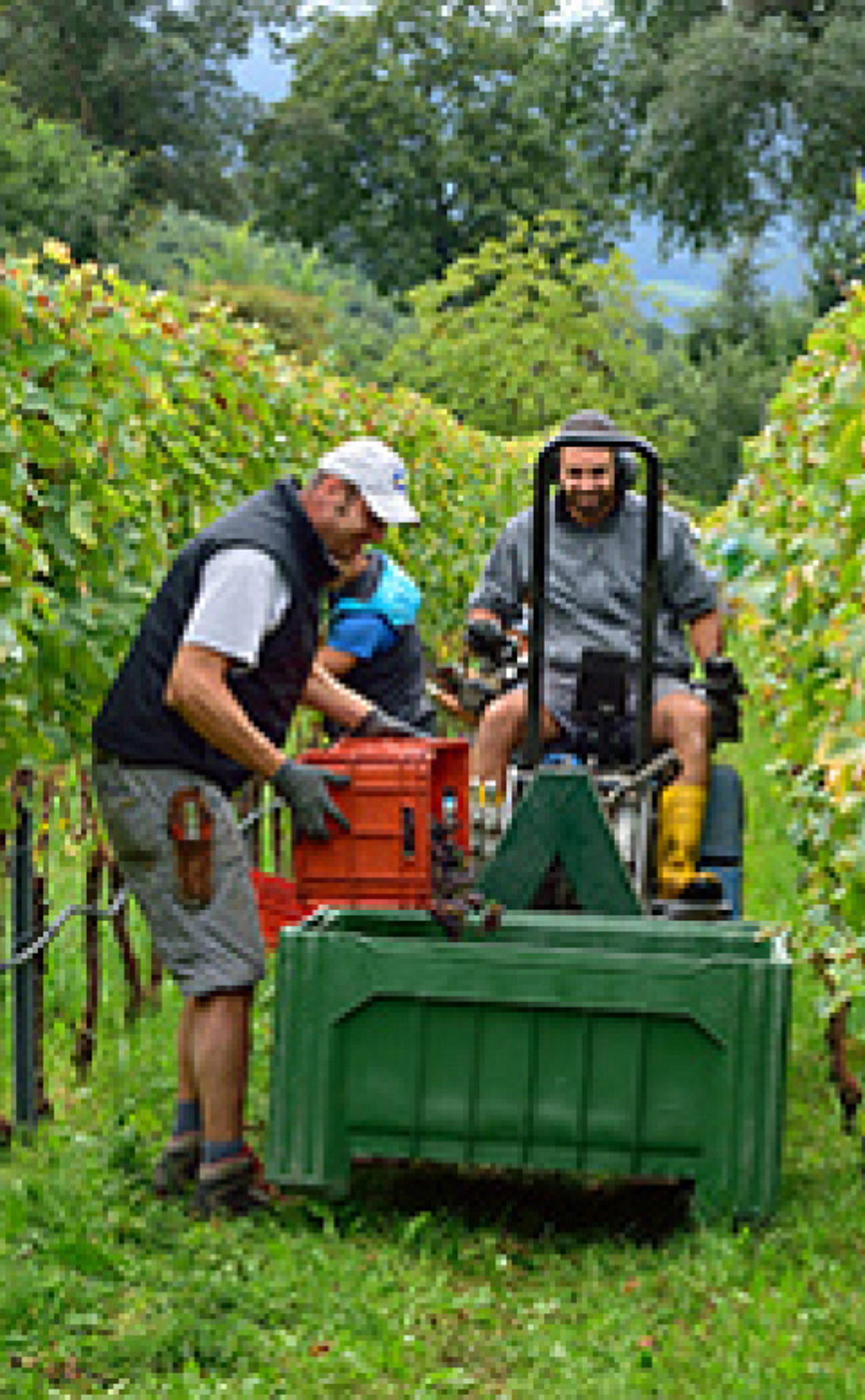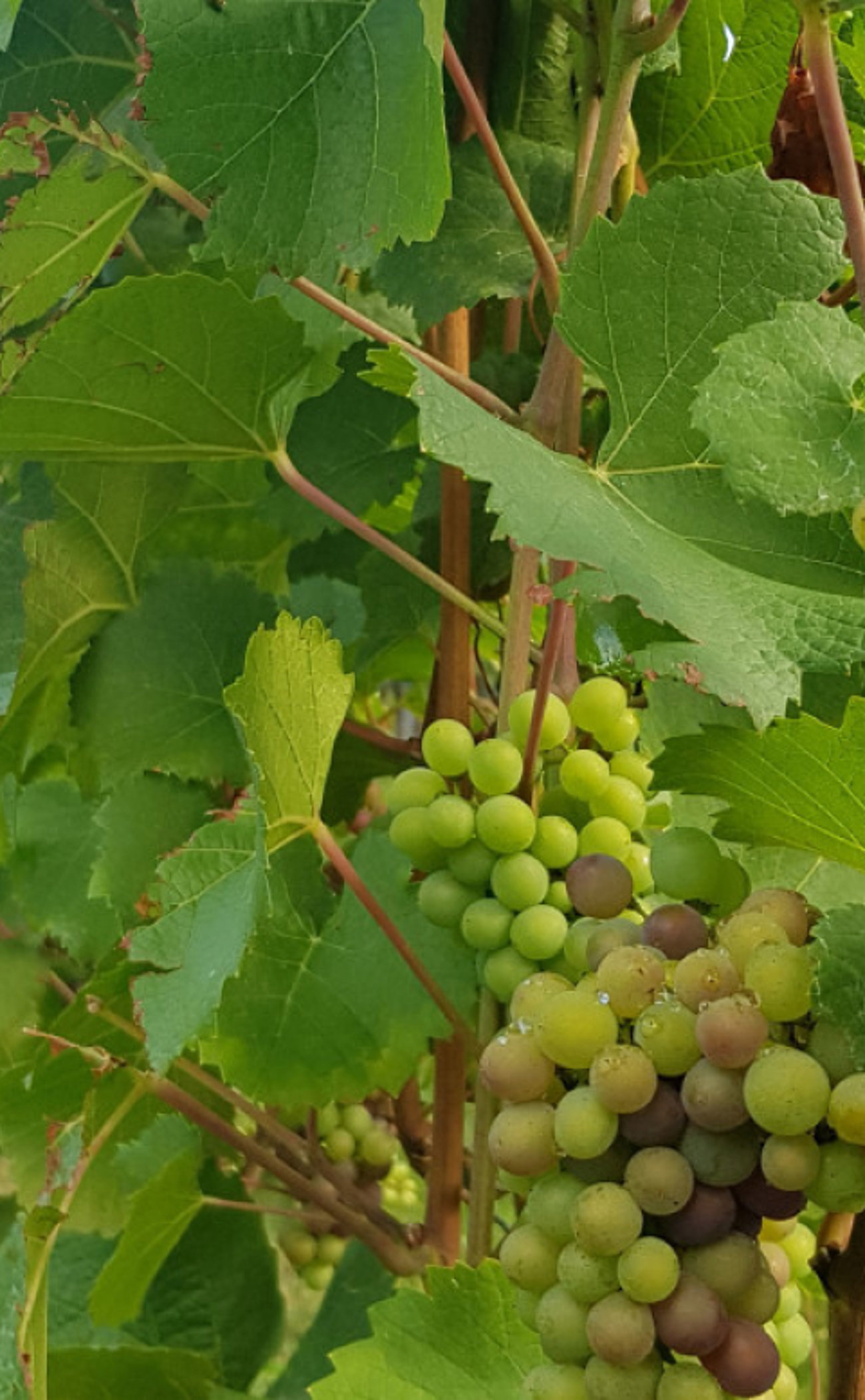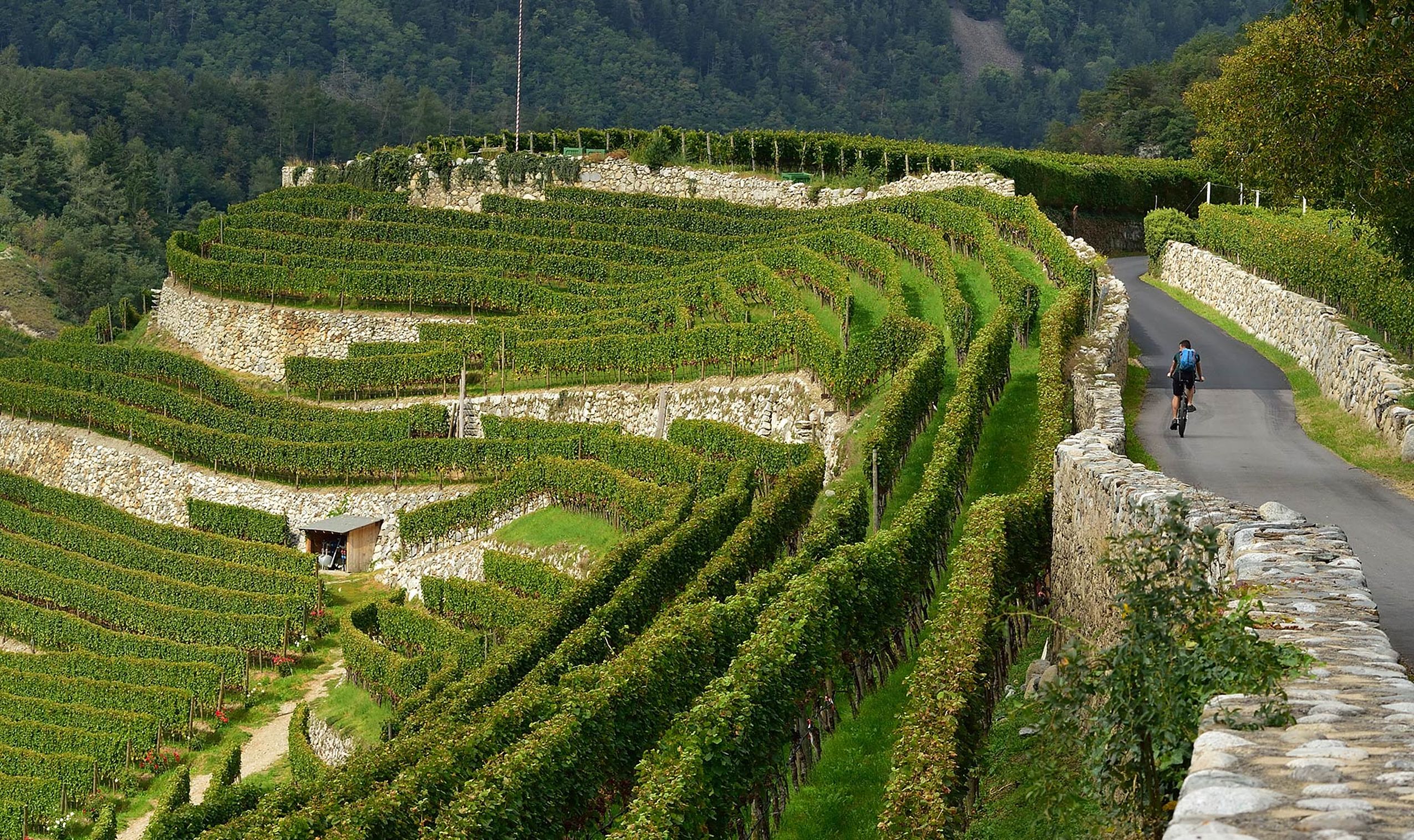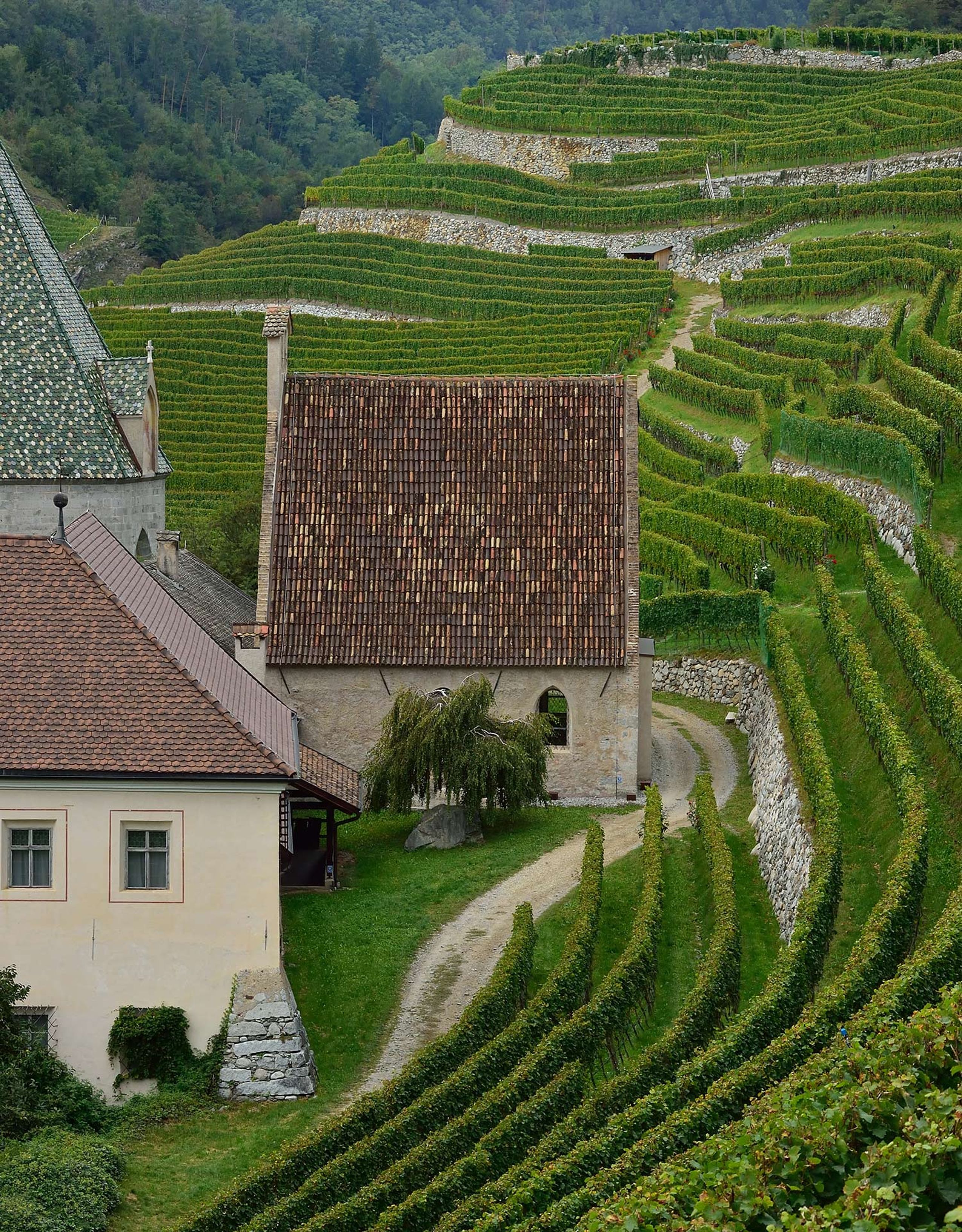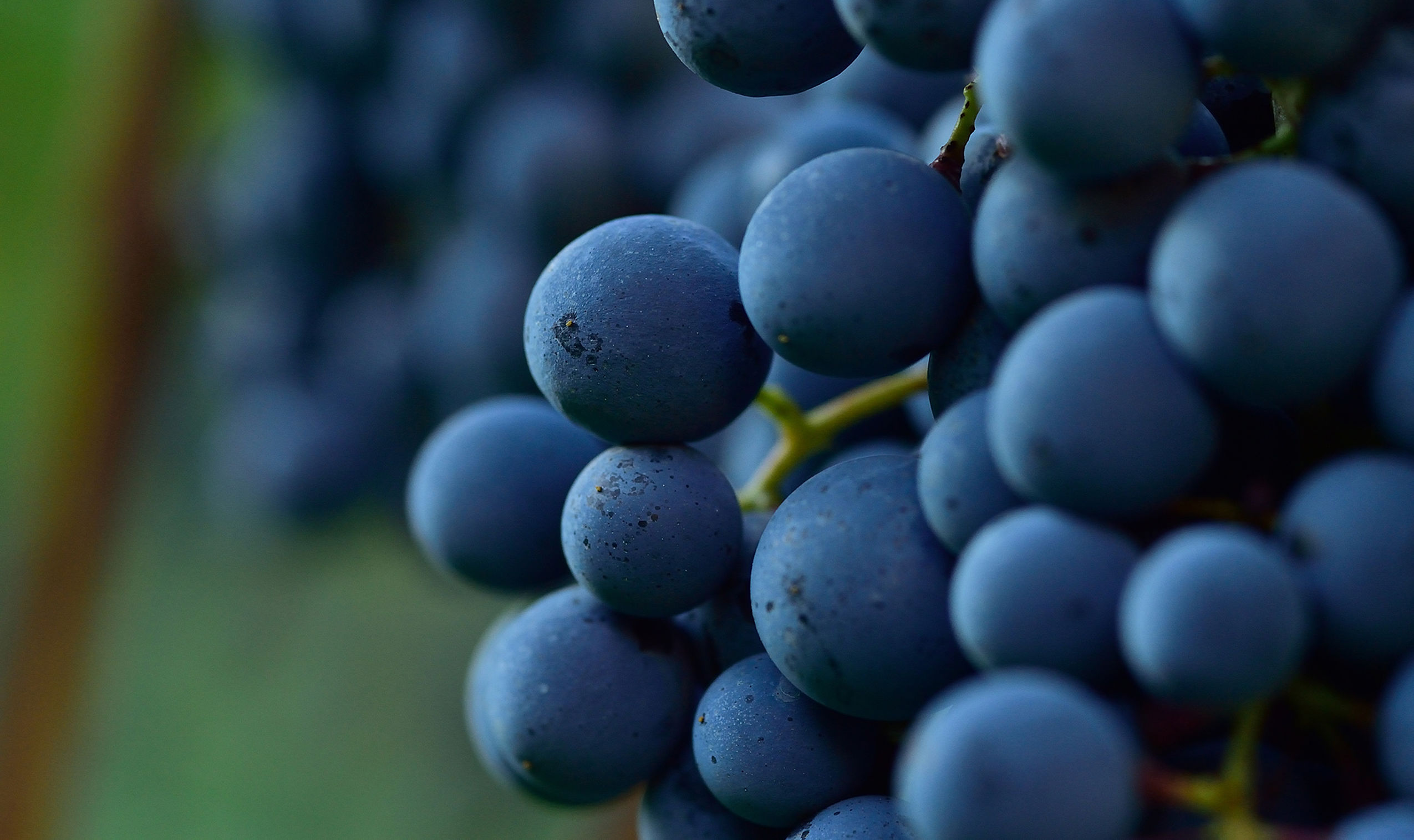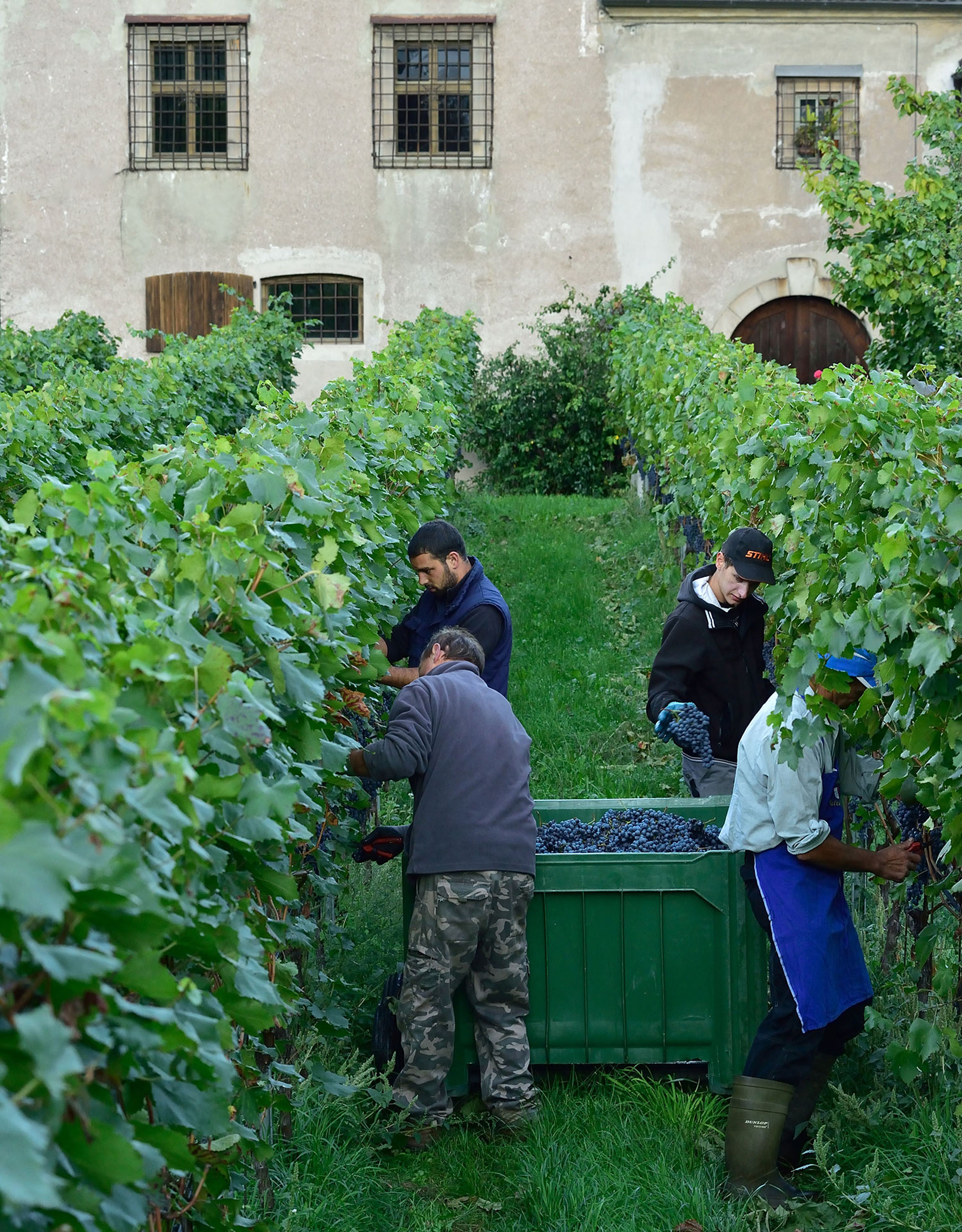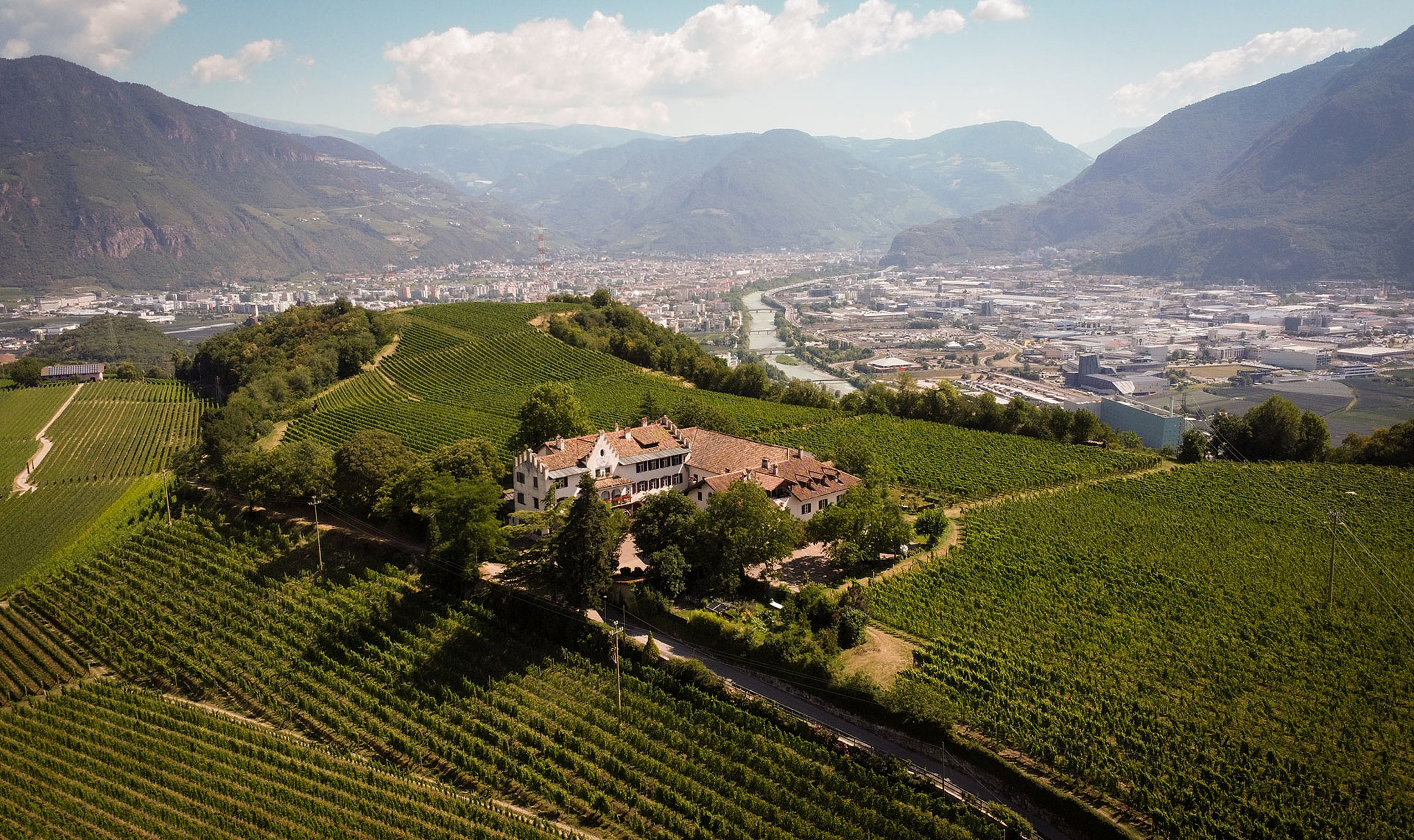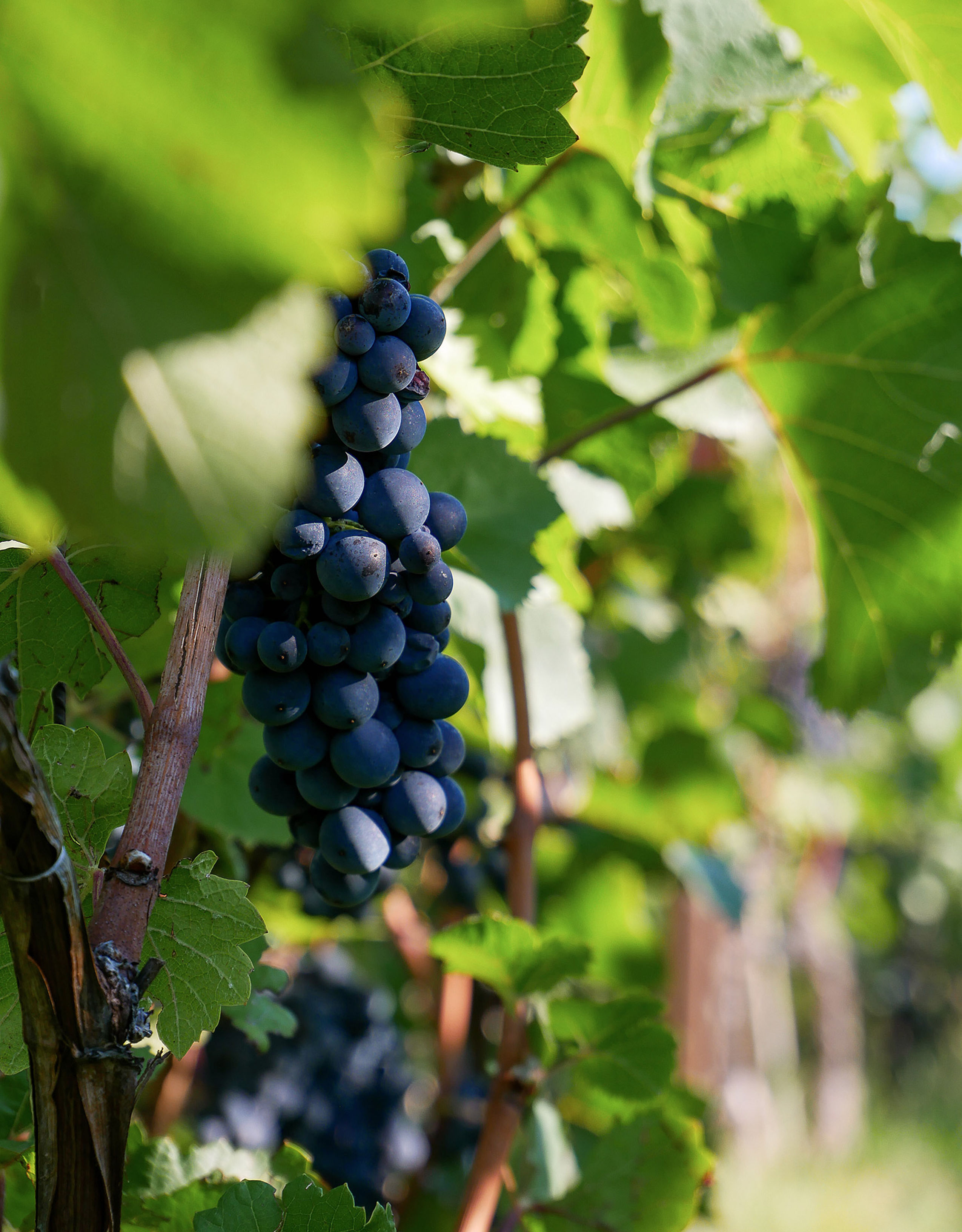You are using an outdated browser. To have the best experience use one of the following browsers:
Our Locations
Every variety has its own location. And every location its variety.
To make great wines, the winegrower must ensure there’s an ideal interplay between the existing climate, the soil conditions and the varieties of grape grown. In our case the Brixen valley basin with its cool temperatures and light moraine soils provides excellent conditions for the Kerner, Sylvaner, Riesling and Grüner Velliner grape varieties. The result is fresh, fruity white wines.
Much further south, in Bozen, it is warm and the grapes are grown in porphyry soils. These conditions are particularly suitable for Lagrein, but also for Vernatsch grapes. And our Blauburgunder grapes thrive in Girlan, with its predominance of meagre gravelly soil and loamy soil.

